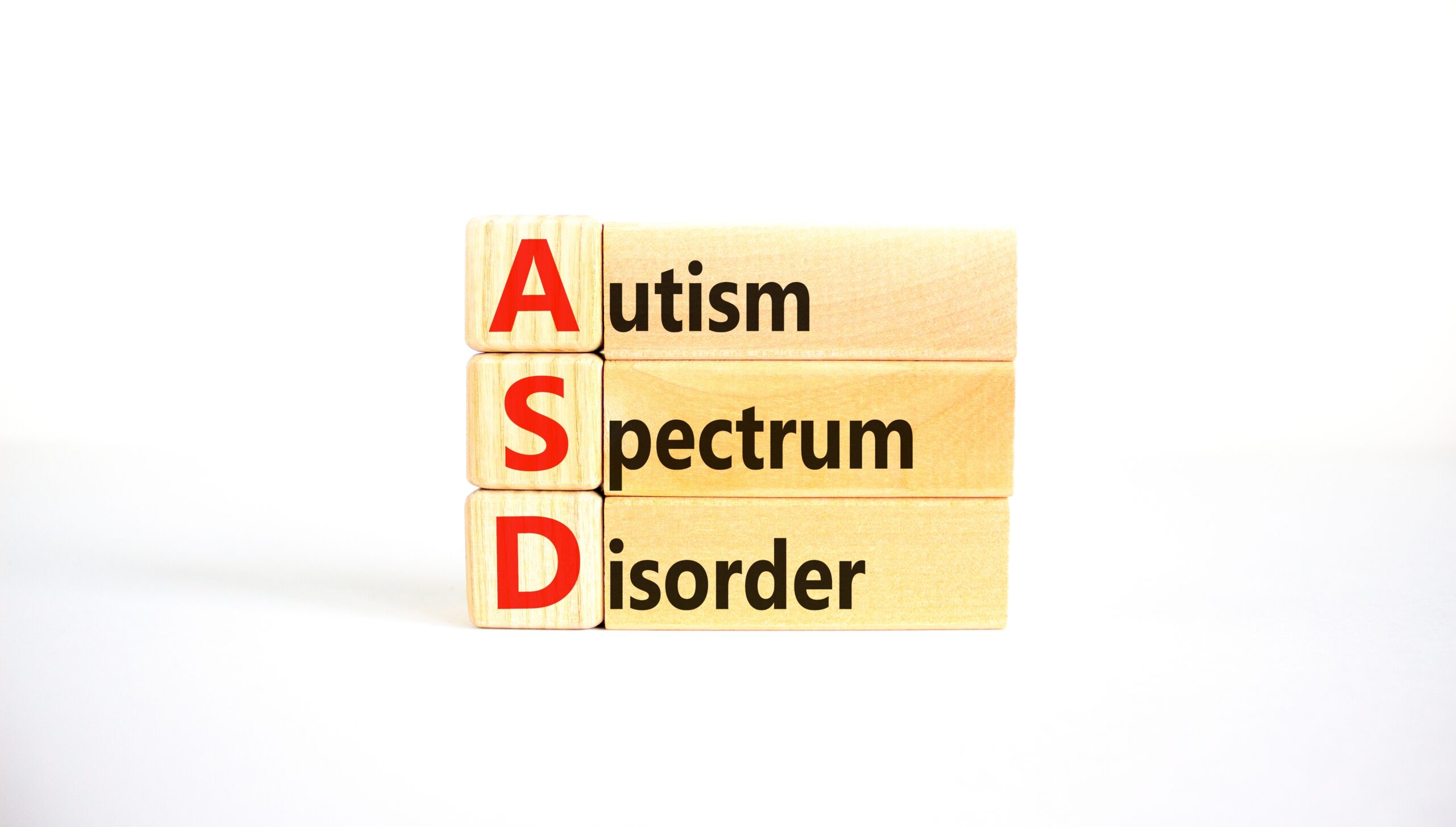Is aging an unavoidable march towards decline, or can its biological underpinnings offer a blueprint for resilience?
Story Snapshot
- The inevitability of aging isn’t just about growing older but involves complex biological changes.
- Telomere shortening, once seen as a universal marker of aging, is now questioned in light of new research.
- Recent studies suggest that aging mechanisms are more varied than previously believed.
- Understanding these mechanisms could pave the way for interventions that promote healthy longevity.
The Biology of Aging
Aging is a universal biological phenomenon marked by a gradual decline in the body’s ability to regenerate and repair. This process is primarily driven by changes at the cellular level, especially in telomeres—protective caps at the ends of chromosomes that shorten with each cell division. Historically, telomere shortening has been linked to aging and age-related diseases, serving as a key indicator of cellular aging.
However, recent research challenges the notion that telomere attrition is a universal marker for all aging disorders. While telomeres remain a significant focus, scientists now recognize the complexity and variability of aging mechanisms. This shift underscores the importance of examining other factors and biomarkers that contribute to the aging process.
Historical Context and Key Discoveries
In the 1960s, the discovery of the Hayflick limit established that cells have a finite number of divisions, a concept closely tied to telomere dynamics. Fast forward to 2013, and researchers identified nine hallmarks of aging, including telomere attrition. By 2023, additional markers were added, refining the biological understanding of aging. These discoveries have driven a reevaluation of what truly underlies aging and its associated decline.
Notably, advancements in technology, such as digital telomere measurement, have allowed researchers to track telomere dynamics with unprecedented precision. These tools have revealed that aging involves a progressive loss of long telomeres, with shorter ones accumulating over time, further complicating the once straightforward narrative of telomere shortening.
Recent Developments and Findings
The latest studies, expected to be published between 2024 and 2025, delve deeper into telomere dynamics in both normal and premature aging disorders. These studies highlight that telomere shortening does not occur consistently across all premature aging syndromes, suggesting that a single biomarker may not suffice for all aging contexts. This revelation prompts a reconsideration of telomere attrition’s role in aging and emphasizes the need for a broader understanding.
Given the variability observed in telomere dynamics, researchers now advocate for personalized approaches in aging research. By integrating telomere analysis with other biomarkers, scientists aim to develop a holistic view of aging that accounts for genetic and environmental influences.
Implications for Society and Healthcare
The implications of these findings are profound. In the short term, a better understanding of aging biomarkers could refine diagnostic and therapeutic strategies for age-related diseases. In the long term, insights into telomere dynamics might inform interventions designed to delay aging and extend healthy lifespan. However, the complexity of aging mechanisms necessitates multifaceted approaches that consider various biological and environmental factors.
The societal impact is equally significant, as an aging population poses challenges for healthcare systems, social policies, and economic planning. Understanding the biological mechanisms of aging is critical for developing interventions that promote healthy longevity and address the rising healthcare costs associated with aging populations.
Sources:








